2012 Visiting Speakers
Here are a few of our guest speakers from Mathcamp 2012:
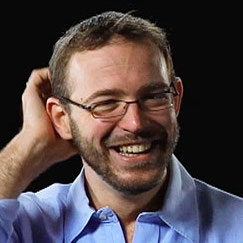
Allan Adams (MIT)
Allan Adams works on quantum versions of algebraic and differential geometry that play a fundamental role in string theory, and uses black holes in 5 spacetime dimensions to study high-temperature superconductors in the usual 4. He believes that everyone should understand quantum mechanics - which is as beautiful and strange as it is true - and looks forward to discussing it at Mathcamp. Visit Allan's website.
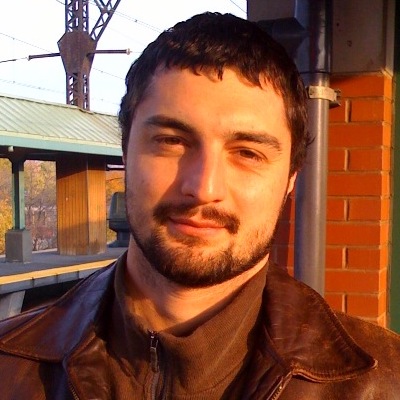
Ben Schmidt (Michigan State University)
Ben Schmidt studies geometry and dynamical systems. He likes to think about the dynamics of light propagating through space, especially when the space is highly symmetric. Ask him about the square room puzzle, a problem about light in a square. Visit Ben's website.
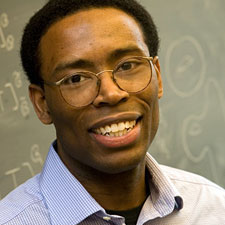
Craig Sutton (Dartmouth)
Craig Sutton works on problems in inverse spectral geometry, where one explores the extent to which the geometry of a manifold is encoded in the spectrum of its associated Laplace operator. Metaphorically speaking, this means he considers the extent to which we can hear the shape of a drum. Of particular interest to him is understanding whether we can "hear" the geometry of spheres and other symmetric spaces. When not working on mathematics, Craig can often be found playing hockey or cycling. He looks forward to exploring spectral geometry and symmetry with Mathcamp participants this summer. Visit Craig's website.
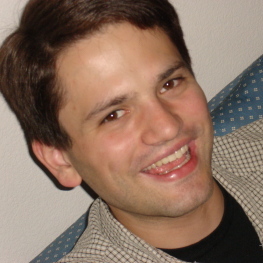
Joe Rabinoff (Harvard)
Joe Rabinoff studies geometric objects over fields like the rational numbers, but equipped with a strange absolute value that would have made Archimedes' head explode. These objects turn out to be useful for doing things like solving Diophantine equations. Visit Joe's website.

John Conway (Princeton University)
One of the most creative thinkers of our time, John Conway is known for his ground-breaking contributions to such diverse fields as knot theory, geometry of high dimensions, group theory, transfinite arithmetic, and the theory of mathematical games. Outside the mathematical community, he is perhaps best known as the inventor of the "Game of Life."
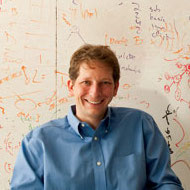
Josh Tenenbaum (MIT)
Josh Tenenbaum is a professor of cognitive science and a member of the MIT Computer Science and Artificial Intelligence Lab (CSAIL). In his research, he builds mathematical models of human and machine learning, reasoning, and perception. His interests also include neural networks, information theory, and statistical inference. Visit Josh's website.
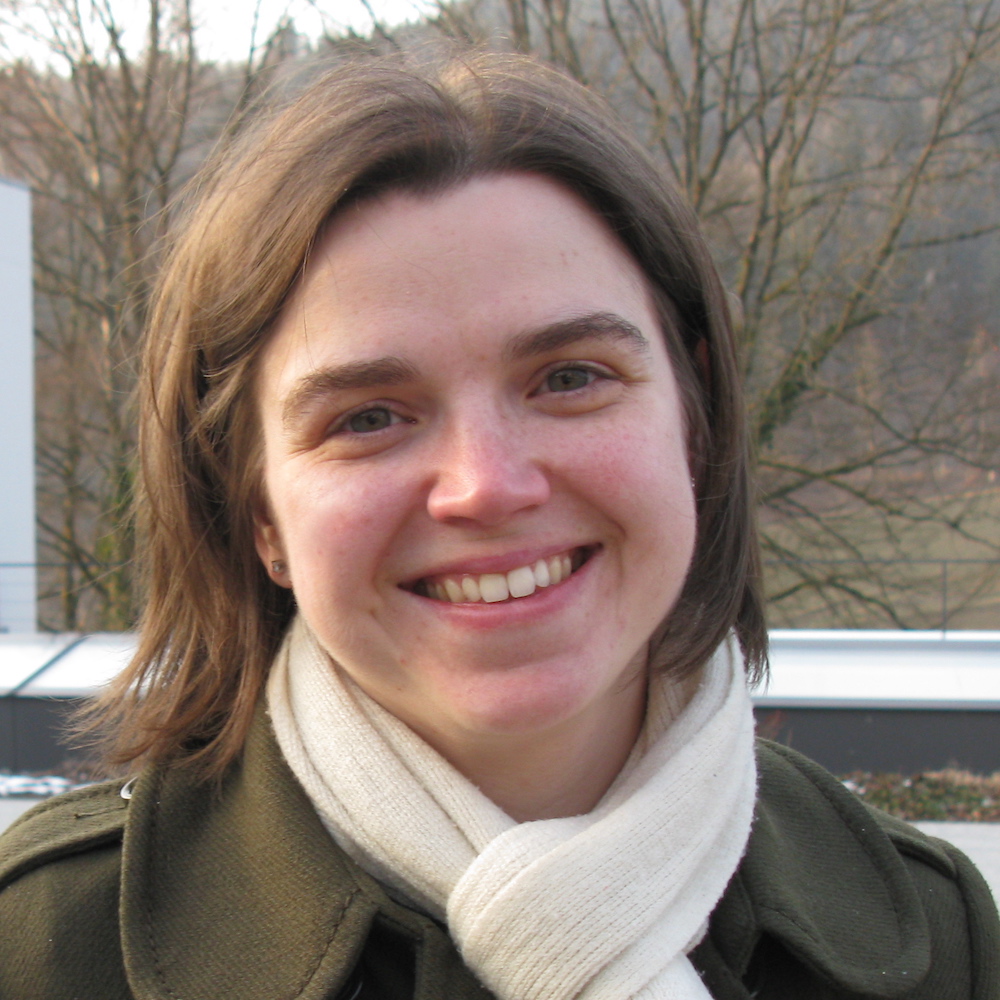
Karen Lange (Wellesley College)
Like Rachel Epstein, Karen Lange also loves problems that cannot be solved with a computer. In particular, she likes to calibrate how hard such problems are relative to one another. We say problem A reduces to problem B if a computer can transform solutions to problem B (provided by some wise old oracle) into solutions to problem A. Vivid language such as oracles as well as infinite injury, creative sets, and pinball machines is commonly used to help develop the ideas of computability. For years, Karen's brother has jokingly called her mathematics filled summers "math camp". Karen's excited to finally actually go. Visit Karen's website.
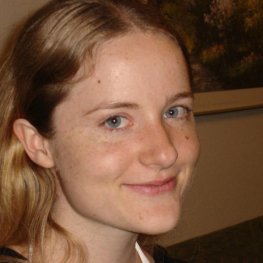
Kirsten Wickelgren (Harvard)
Kirsten Wickelgren would like to solve polynomial equations with loops on associated surfaces. This was conjectured by one of the founders of modern algebraic geometry, Alexander Grothendieck. He has all of our admiration. Visit Kirsten's website.
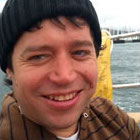
Matthew Kahle (Ohio State)
Matthew Kahle (often shortened to "M@" at Mathcamp) works in
interactions of topology and geometry with probability, statistical
mechanics, and combinatorics. One theme that he thinks about a lot is
the idea of topological "phase transitions" --- a geometric
abstraction of water turning into ice. Visit Matt's website.

Rachel Epstein (Harvard)
Rachel Epstein studies computability theory at Harvard. Despite its name, computability theory is actually the study of things that are not computable by any computer. 2012 is an excellent year to learn about computability since it is the 100th anniversary of the birth of one of its founders, Alan Turing. Rachel attended Mathcamp back in 1999, and can't wait to return! She is looking forward to teaching you about incomputable sets at Mathcamp with her fellow computability theorist, Karen Lange. Visit Rachel's website.
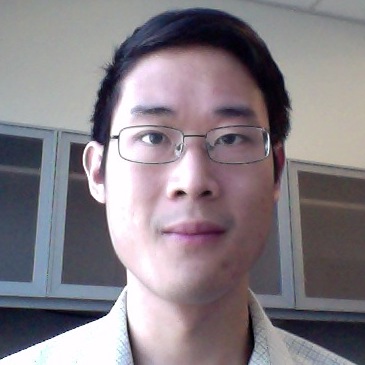
Robert Young (University of Toronto)
Robert Young uses geometry to study the asymmetries of symmetric
objects and the difficulties of parallel parking. Visit Robert's website.





